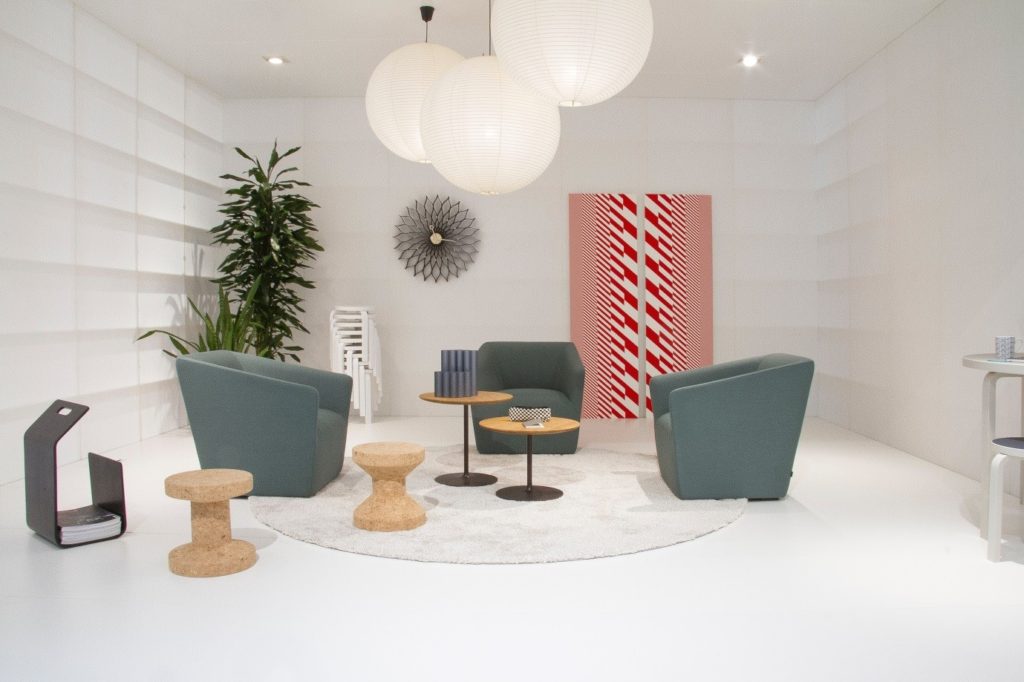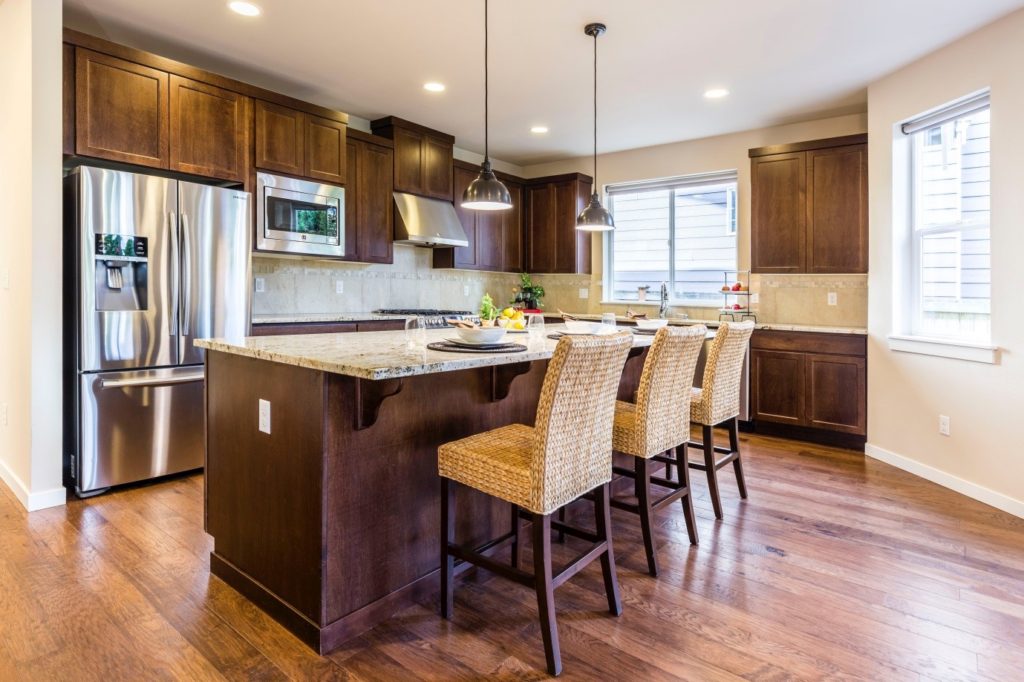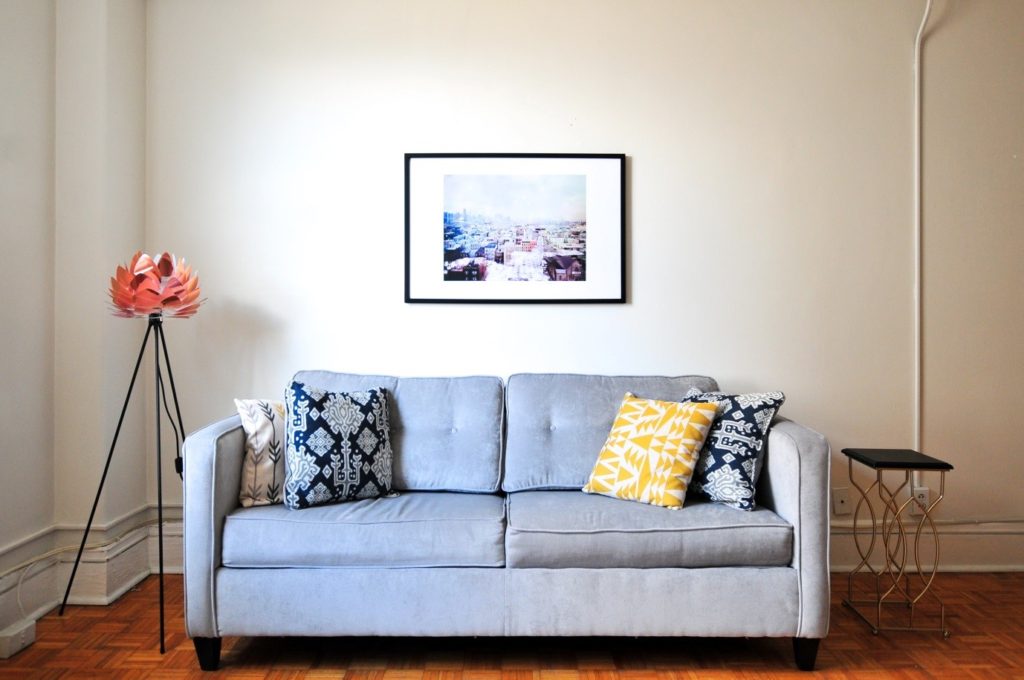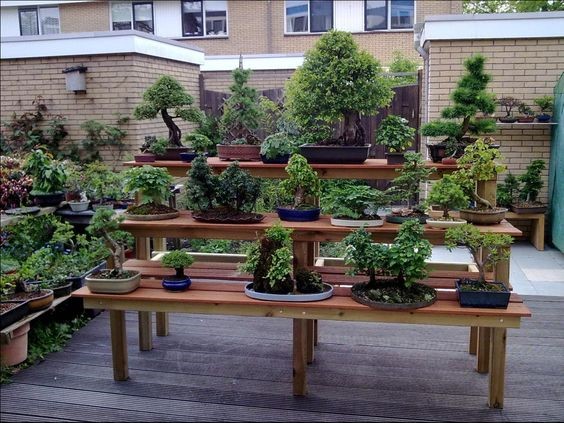Lighting plays a very significant role in your interior decorations. The light you choose can set the mood of your home. It can energize you, soothe you or inspire you. Though it can be affordable, it is an important aspect of your home interior and should not be neglected.

Ideally even before you start doing up your interiors you should have an idea of the kind of lighting you want in your home, based on your personality. This will help you to choose styles and pieces in the overall home interiors that can be complemented by your lighting style. So first, it is important to understand the different kinds of lighting and how you can make them work for your home. You will need to use all of these lightings – just choose the correct placement, proportion, combination and fixtures to create your masterpiece!
AMBIENT LIGHTING
These are the lights that we use regularly on a day-to-day basis. The role of this lighting is to provide more illumination to the overall general area or room. This can be either warm or yellow, depending on how bright you like it. So choose a location that can distribute light around the room equally and well. You can use ceiling-mounted fixtures or wall-mounted fixtures, which come in a variety of finishes and designs to be aesthetically pleasing while also uniformly distributing light across the room.

AMBIENCE LIGHTS
This light is used to set the mood of the room and is not used on a day-to-day basis. Usually, they are concealed and only emit the light you need. You can switch them on when you have a party or want to just wind down in a mellow setting after a hard day’s work. You could have color changing lights for a party mood, a warm yellow or soft white for a festive or romantic evening. Recessed lights or running LED strips are most commonly used to create an ambiance and can be fixed to the floor or ceiling. Here, you cannot see the bulb or the wires. Only the soft glow of the light is visible, which sets the mood.

FOCUS LIGHTS
These are used when you want to draw attention to a specific object or space. They are sometimes also referred to as Task Lights. You can use them to highlight an accent wall in your home, for your paintings or art. It can be used in the kitchen by fixing it to the bottom of the cabinet so that the countertops are lit, providing you a little extra light when you are cooking and need to see clearly. Pendants lights in different designs like a single bulb or as a set can be hung from the ceiling, above the area you want to focus on. These have elongated wiring from which the bulb and its shade are hung. Pendant lights can be used anywhere – in the kitchen, above the dining table or for that cozy corner you want to highlight.
DECORATIVE LIGHTS
This is what adds that bling quotient to your home. They need not be permanent fixtures but can be put on during festivities and celebrations to add that sparkle. You have many options like fairy lights or curtain lights for a backdrop or your balcony. You can artistically place colored decorative tea light holders or Moroccan lamps. The idea is to have something different for those special days that can add to the celebratory mood.

You could also have permanent fixtures that double up as the focal point in a room. Ceiling fixtures such as chandeliers act as a piece of art and add to the overall décor of the room, while also doubling up as a decorative light for that extra bling. Decorative overhead lamps fixed above the dining table throw that extra light when you want to highlight your well-set table. Wall Scones also add a decorative element to your room. They can focus the light upwards or downwards depending upon the design you want to create for the room. Similarly, a funky looking lamp can be placed on a table or in the corner like a piece of art. It also serves as a focus light for reading.
So the next time you want to renovate your home or are looking for options for a new home, remember to use these different techniques. Create your unique combinations and enjoy a well-light and beautiful home that suits your personality.




